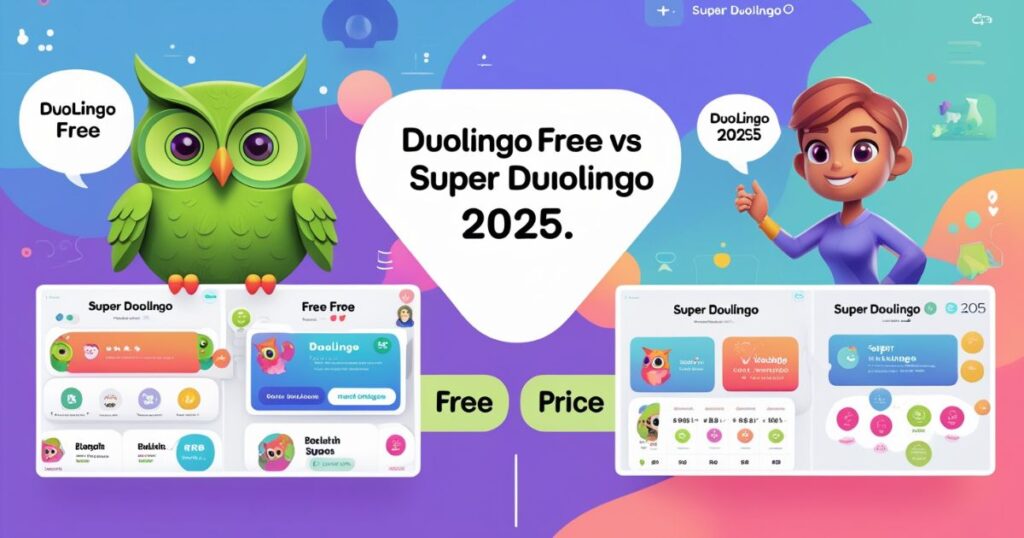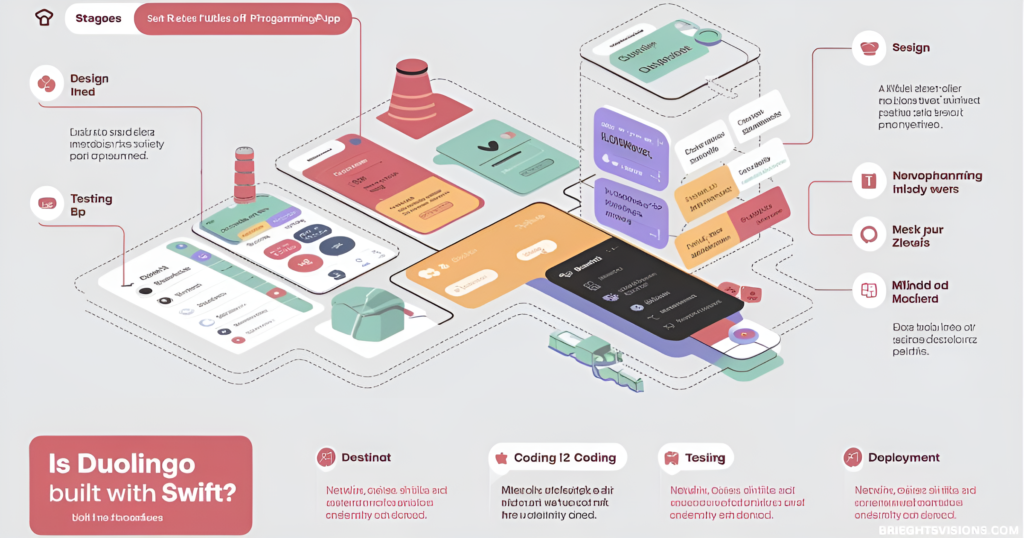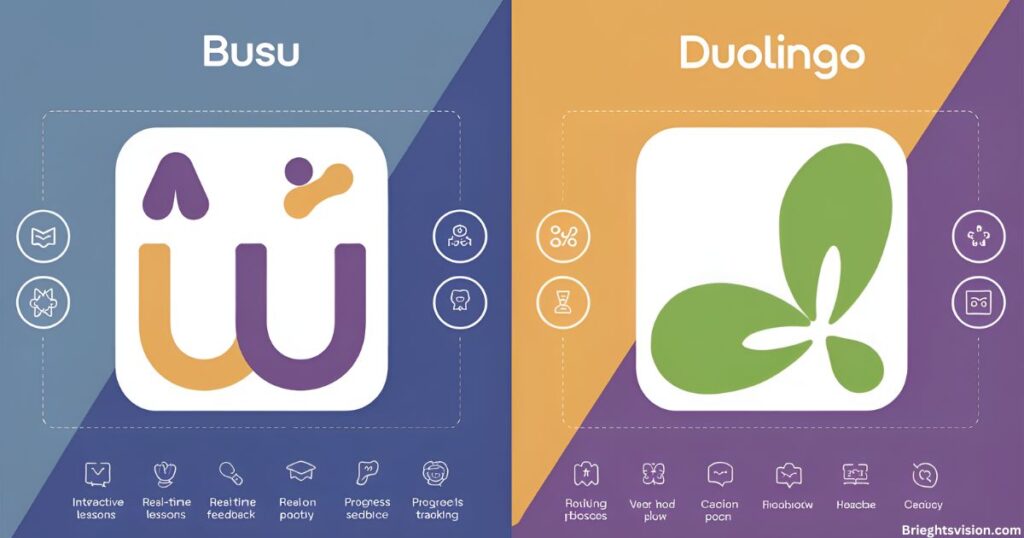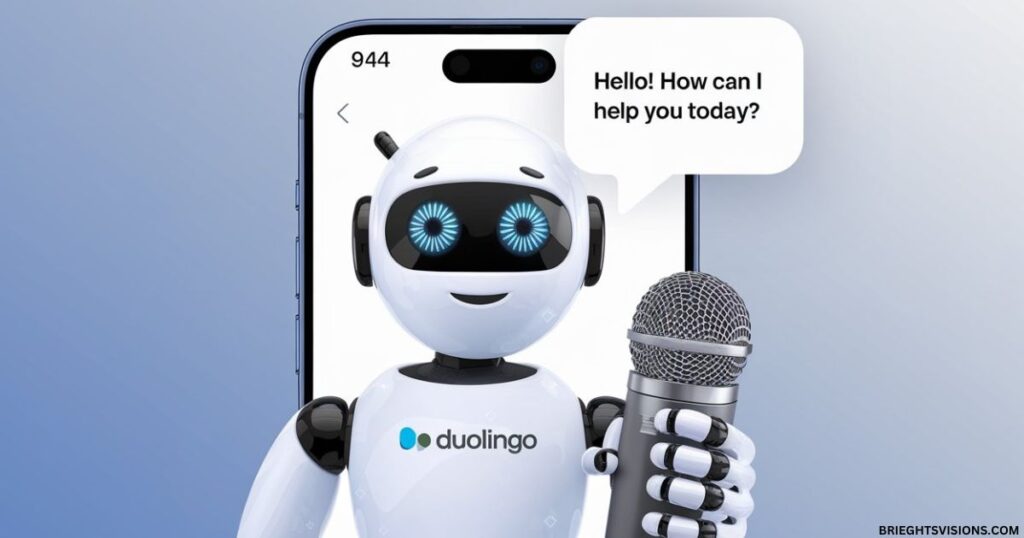In today’s digital age, mastering Japanese has become increasingly accessible through various learning platforms. Among these, Duolingo has emerged as a prominent choice for language enthusiasts seeking to explore the fascinating world of Japanese learning. This comprehensive guide will dive deep into how Duolingo approaches Japanese language instruction, examining both its merits and limitations while providing practical strategies for success.
The Evolution of Learning Japanese with Duolingo
The landscape of language acquisition has undergone a remarkable transformation in recent decades, particularly for those learning Japanese with Duolingo. From traditional textbooks and classroom settings, we’ve witnessed a shift toward digital platforms that offer unprecedented accessibility and flexibility. This evolution reflects a deeper understanding of how people learn languages effectively.
Modern learners now have access to sophisticated tools that combine artificial intelligence, behavioural psychology, and proven pedagogical methods. The integration of gamification and adaptive learning technologies has revolutionized how we approach Japanese language study, making it more engaging and achievable for English speakers worldwide.
Understanding Learning Japanese with Duolingo
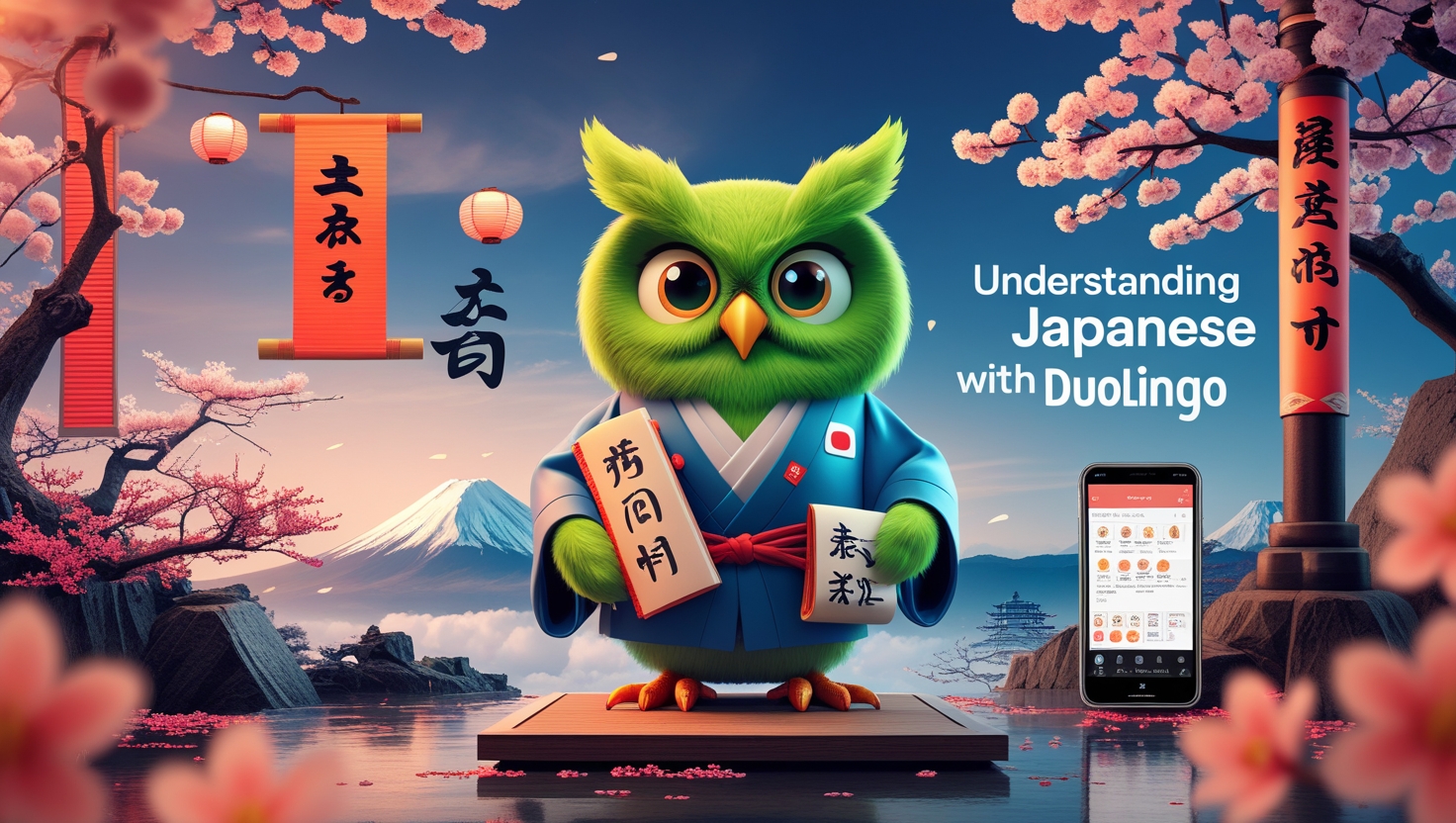
Duolingo’s approach to teaching Japanese is built on several core principles that shape the learning experience. The platform utilizes spaced repetition, a scientifically-proven method that optimizes memory retention through carefully timed review sessions. This system is particularly crucial for Japanese, where learners must master multiple writing systems and complex grammatical structures.
The course structure progressively introduces concepts through bite-sized lessons, typically lasting 5-10 minutes. This approach aligns with modern understanding of attention spans and optimal learning periods. Each lesson incorporates various elements:
- Reading comprehension exercises
- Listening comprehension activities
- Basic speaking practice opportunities
- Progressive vocabulary building
- Contextual grammar learning
The Science Behind the System
Learning Japanese with Duolingo is grounded in well-researched cognitive principles. Studies have demonstrated that the platform’s methodology aligns with key findings in neuroscience and educational psychology. The app’s unique approach combines spaced repetition algorithms with cognitive learning techniques, creating neural pathways that enhance memory retention.
Research indicates that the platform’s gamification elements trigger dopamine release, while its personalized learning system adapts to individual cognitive patterns. This scientifically-backed approach has shown significant improvement in language acquisition rates, particularly in pattern recognition and vocabulary retention, compared to conventional teaching methods.
Strengths in Japanese Language Instruction
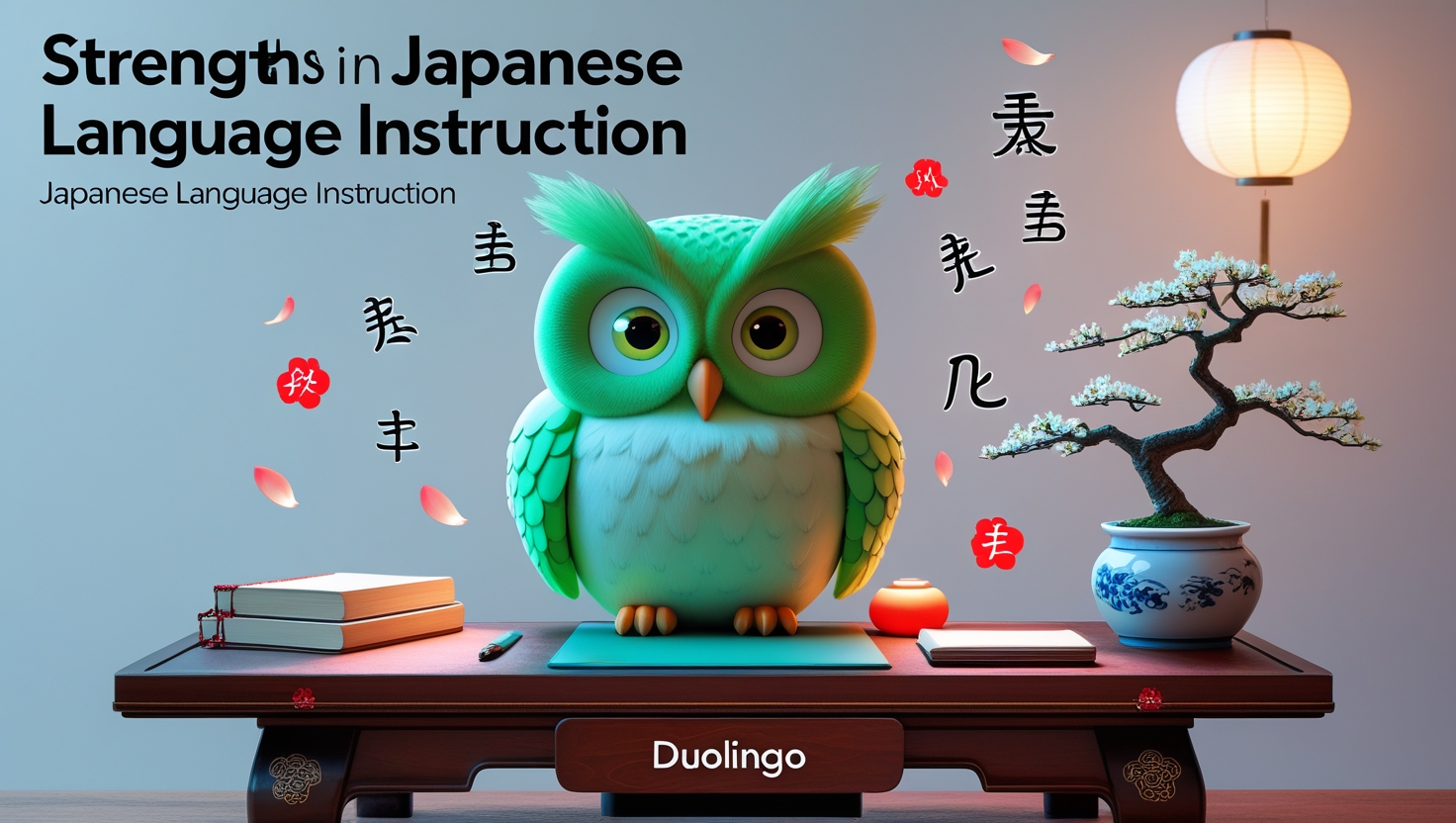
Innovative Writing System Integration
One of Duolingo’s noteworthy achievements is its approach to introducing Japanese writing systems. The platform gradually incorporates hiragana, katakana, and basic kanji, making what could be an overwhelming aspect of Japanese more manageable for beginners.
Motivation Through Technology
The platform excels in maintaining learner engagement through:
- Achievement tracking
- Social learning features
- Immediate feedback systems
- Adaptive difficulty levels
Accessibility and Consistency
The mobile-first design enables learners to practice consistently, fitting language study into busy schedules. This accessibility is crucial for maintaining the momentum necessary for successful language acquisition.
Critical Limitations and Considerations
While learning Japanese with Duolingo offers numerous advantages, it’s essential to understand its constraints for effective language mastery. This platform, though innovative, has specific limitations that learners should consider when structuring their Japanese language journey. Let’s examine these key considerations in detail.
Writing System Challenges
While Duolingo introduces Japanese writing systems, it falls short in providing comprehensive kanji instruction. Learners serious about achieving literacy will need to supplement their studies with specialized resources like WaniKani or Remembering the Kanji.
Depth of Grammar Coverage
The platform’s approach to grammar emphasizes pattern recognition over explicit explanation. While this can work for basic concepts, more complex grammatical structures often require additional resources for proper understanding.
Cultural Context Integration
Language and culture are inseparable, yet Duolingo’s treatment of cultural context remains somewhat superficial. Understanding nuances in Japanese communication often requires exposure to authentic materials and cultural learning resources.
Maximizing Your Learning Experience
Creating an Effective Study Routine
Success with Duolingo requires a structured approach:
- Set consistent daily study times
- Combine active and passive learning
- Regularly review previous material
- Track progress systematically
Essential Complementary Resources
To build a comprehensive learning environment, consider incorporating:
- Jisho for detailed vocabulary study
- Anki for additional spaced repetition practice
- Manga and anime for authentic language exposure
- Japanese TV shows and podcasts for listening practice
Building an Integrated Learning Strategy
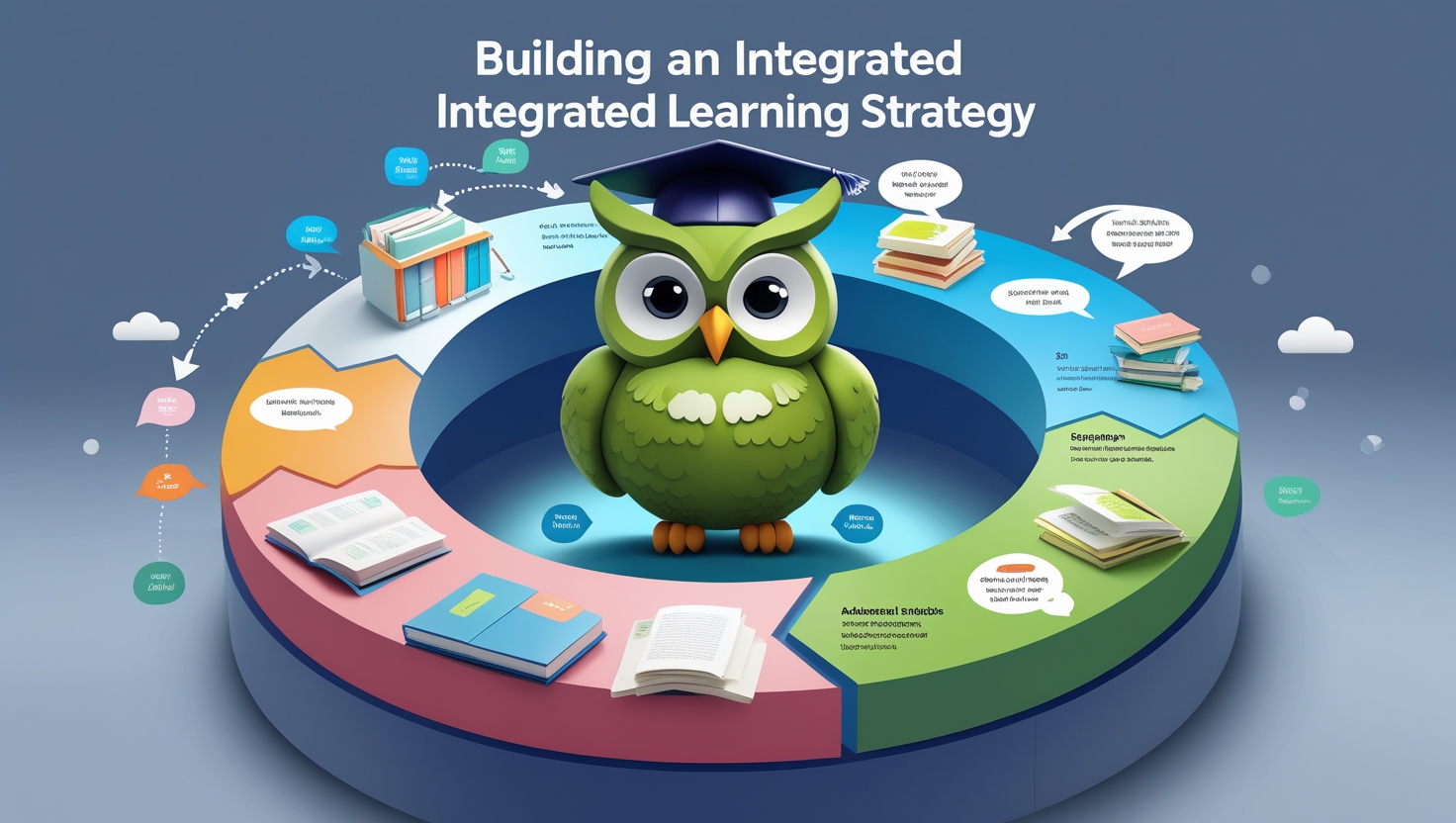
Beginner Phase (0-3 months)
Focus on foundational elements while establishing consistent study habits. Combine Duolingo with basic writing practice and simple authentic materials.
Intermediate Phase (3-12 months)
Expand your resource base to include more authentic materials and structured grammar study. Begin interactions with language exchange partners.
Advanced Phase (12+ months)
Use Duolingo as a review tool while focusing on authentic content and real-world language use. Engage more with native speakers and complex materials.
Digital Tools Integration
In today’s interconnected world, mastering Japanese with Duolingo requires a strategic approach to digital tools. The platform’s sophisticated integration across devices enables learners to maintain consistent progress through personalized learning paths.
Understanding how to leverage these digital capabilities effectively can significantly enhance your language acquisition journey. Modern learners benefit from synchronized progress tracking, offline capabilities, and cross-platform accessibility, making language learning more flexible and adaptable than ever before.
Mobile Learning Optimization
The mobile experience of learning Japanese with Duolingo has been carefully crafted to maximize efficiency. The app’s interface promotes bite-sized lessons that fit perfectly into brief study sessions during commutes or breaks. Advanced features like offline mode and push notifications help maintain steady progress, while the responsive design ensures comfortable learning across different screen sizes.
Syncing Progress Across Devices
Seamless synchronization across platforms ensures your Japanese with Duolingo journey remains uninterrupted. The platform’s cloud-based system automatically updates your progress, vocabulary lists, and achievement status across all devices. This integration allows for flexible learning transitions between desktop study sessions and mobile practice, maintaining consistency in your language development.
Common Challenges and Solutions
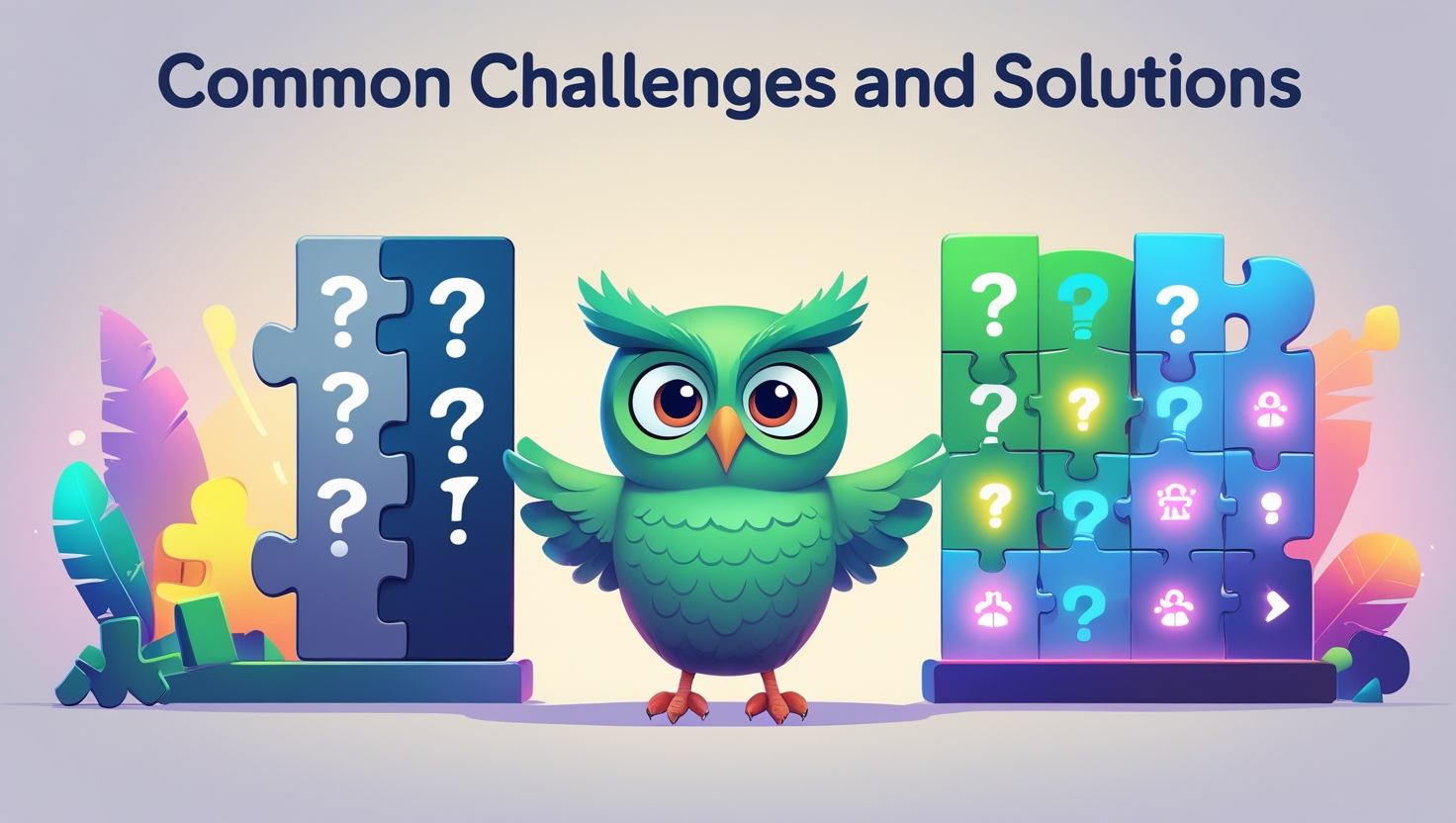
Managing the complexities of learning Japanese through digital platforms presents unique challenges. From maintaining consistent practice schedules to overcoming technical barriers, successful learners must develop strategies to navigate these obstacles.
Language immersion and regular engagement with the platform, combined with proper time management and goal setting, form the foundation for overcoming common learning hurdles.
Maintaining Motivation
Sustaining enthusiasm for Japanese with Duolingo requires multiple engagement strategies. The platform’s gamification elements, including streaks and achievements, help maintain daily motivation. Combined with setting realistic goals and celebrating small victories, these features create a sustainable learning environment that keeps students engaged through challenging periods.
Overcoming Learning Plateaus
Breaking through stagnant periods in Japanese with Duolingo requires strategic approaches to language acquisition. Varying study methods, incorporating authentic materials, and engaging with native speakers can help overcome plateaus. Regular assessment of learning strategies and adjusting study patterns based on performance feedback ensures continuous progress.
Progress Measurement and Goal Setting
Track your progress through multiple metrics:
- Duolingo achievement metrics
- Personal vocabulary lists
- Reading comprehension speed
- Conversation confidence levels
Cultural Integration Strategies
Enhance your learning by immersing yourself in Japanese culture through:
- Cultural festivals and events
- Online cultural exchange programs
- Japanese media consumption
- Cultural learning resources
The Future of Japanese with Duolingo

The landscape of learning Japanese with Duolingo is rapidly evolving through technological advancement. The platform continues to enhance its language acquisition features by incorporating sophisticated AI-driven algorithms and improved speech recognition capabilities. Recent updates have introduced advanced interactive exercises and expanded cultural context integration.
The future promises even more innovative developments, including potential virtual reality integration and enhanced personalized learning paths. These advancements suggest Duolingo will play an increasingly significant role in revolutionizing how learners approach Japanese language fluency in the digital age.
Frequently Asked Question
Is Duolingo good to learn Japanese with?
Learning Japanese with Duolingo is effective for beginners, providing solid foundations in basic vocabulary and grammar through engaging lessons.
Is Duolingo accepted in Japan?
While recognized, Duolingo isn’t an official qualification in Japan. Organizations require JLPT certification for formal Japanese language proficiency.
Can you become fluent in Japanese through Duolingo?
Duolingo alone cannot create fluency. It’s best used alongside other resources for comprehensive language acquisition.
What level of Japanese does Duolingo teach?
Duolingo’s Japanese course covers basics through intermediate (approximately JLPT N4-N5 level), focusing on essential vocabulary and grammar.
Is Rosetta Stone better than Duolingo?
Both have strengths – Duolingo excels in engagement and free content, while Rosetta Stone offers more structured immersion learning.
What is the best app to learn Japanese for free?
Duolingo leads free Japanese apps, offering structured lessons with gamification. Other strong options include LingoDeer and Memrise.
Conclusion
Learning Japanese with Duolingo represents a valuable starting point in your language journey, offering an accessible and engaging foundation for beginners. While the platform excels in providing structured language acquisition through gamification and interactive exercises, true mastery requires a multi-faceted approach.
By combining Duolingo’s strengths with complementary resources, maintaining consistent practice, and embracing cultural immersion, learners can build a comprehensive path to Japanese fluency. Remember, successful language learning is a marathon that rewards dedication, strategic planning, and continuous engagement with diverse learning tools.

Welcome to Brieghtsvision.Com!
Your one-stop place for tips and guides to get the most out of Duolingo. Make learning a new language easier with helpful content for learners of all levels.

